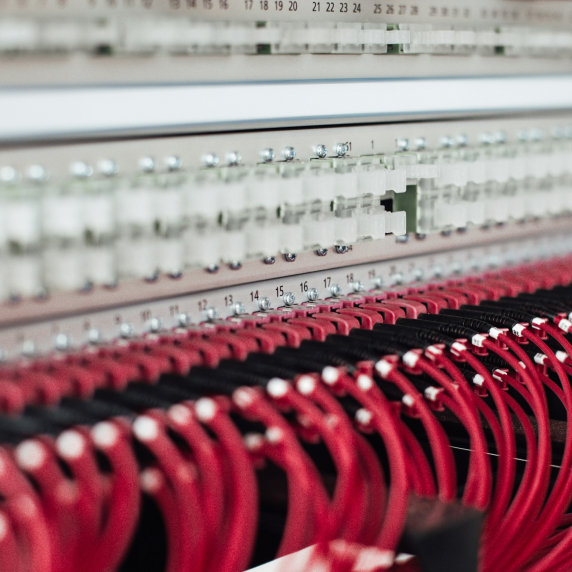Today, businesses rely more than ever before on high-speed, reliable and secure networks. While the focus is often about Wi-Fi speeds or cloud applications, what many don’t realize is that beneath every smooth connection is a well-planned structured cabling system, the invisible infrastructure that holds the whole network together.

Image credit: gokaravan.com
Whether you’re operating a growing company or managing a massive enterprise, having the right cabling system in place isn’t just an option it’s essential.
What is Structured Cable, Really?
Think of structured cabling as the physical skeleton of your IT infrastructure. It’s a way to organize cables and hardware, so that all phones, security and computers are able to communicate and be connected. Structured cabling is practical and neat. It can adapt to changing technologies.
A well-organized cabling infrastructure can help you with data, voice, and multimedia throughout your entire operation. Modularity lets you expand, relocate or alter systems without major disruption. The most important thing is that the system is flexible and ready to grow with your company’s needs.
Why Structured Cabling Services Matter
Structured cabling isn’t a one-size-fits-all solution. Every industry, building, and business type has unique demands for performance. It is essential to work with a cabling company who specializes.
Professionals evaluate your existing infrastructure, future needs, and physical layouts to come up with the perfect design. Typical services include backbone and horizontal cable installation as well as patch panels and distribution frames. Each cable is also evaluated for quality and safety.
Karavan Technology, for instance provides complete structured cabling solutions across the US and Canada specifically designed for simple setups and complex high-performance settings. The company offers solutions that range from Cat5E cables to high-frequency Cat7 cables capable of handling 1200MHz.
The Structured Cabling Installation Process
One of the biggest misconceptions is that installing structured cabling can be disruptive. A team of skilled technicians can finish installations quickly in a tidy manner and without affecting the daily activities.
What is a typical installation?
1. Engineers will assess the area to determine the cable route. They will also map the endpoints.
2. Installation: Cables are positioned neatly and labeled.
3. Testing and Certification: Each connection is tested for the quality of the signal and is certified to high-performance standards.
4. Documentation: A complete and detailed map of the cable system you have is available to help you with future upgrades and troubleshooting.
After the installation process is complete, you will have a system that is ready to be used immediately.
Future-Proofing through Structured Cabling Systems
The technology is constantly evolving and your infrastructure must also. A structured cabling solution that is properly implemented provides future-proof benefits, making it much easier to upgrade and expand without starting from scratch. New servers, devices, or workstations are able to be integrated seamlessly without a complete overhaul.
Furthermore that, as the demands for data increase, especially in cloud computing as well as videoconferencing, a solid base will help prevent bottlenecks and ensure constant performance. So no more latency, there is no signal loss, and no costly downtime due to of old wiring.
Final Thoughts
Structured cabling is hidden from view, but it should never be out of mind. It’s the backbone of a fully functional, future-ready network that will support every aspect of your business’s activities. With expertly structured cabling installation as well as custom cabling services for structured cabling You not only enhance your current performance but lay the groundwork for long-term success.
If you’re setting up a new office, upgrading your existing system, or planning a major installation and you’ll never regret making the investment in structured cabling.

